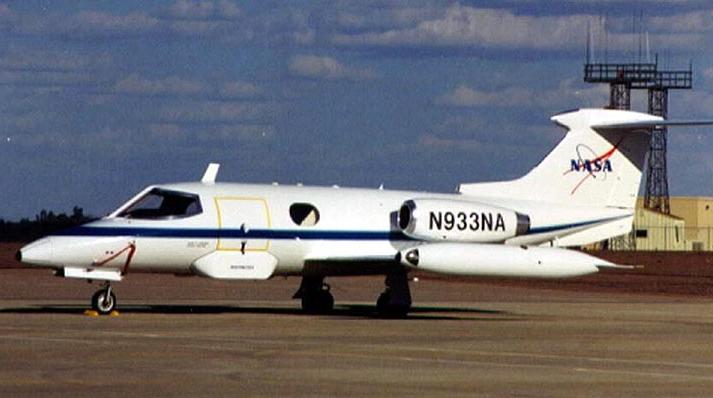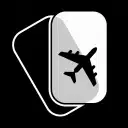The Past, Present and Future of Air Charter

In the 1960s, the Learjet 23 light jet was at the height of sophistication and luxury. The aircraft was known for its sleek design and performance capabilities.
Jet Charter in the “Information Age”
The advent of the Internet in the 1990s completely revolutionized the air charter industry by enabling aircraft operators to advertise their charter fleets to a large global audience. This enabled private jet travelers to contact a broker of aviation who could then source all the relevant and available aircraft for their charter flights. For the first time in fifty years, private jet travelers had access to charter aircraft through the Internet. With this new Internet technology came the emergence of several new business models in the late 1980s and 1990s, including fractional ownership, membership programs (jet cards) and eventually, on-demand jet charter. In the late 1990s and early 2000s, jet charter brokers also emerged on the scene. Charter brokers specialize in offering private jet travelers multiple aircraft options for their charter flights. During the Internet age, the first air charter model to emerge was fractional ownership. Designed by aviation giant, NetJets, fractional ownership provides an alternative to the high cost of whole aircraft ownership. Fractional ownership programs sell a fractional interest or share in a specific type of private aircraft. By purchasing a pro-rata share or fractional interest, private jet travelers can eliminate the costs and expense of aircraft maintenance and acquisition fees, while still enjoying the benefits of “aircraft ownership.” However, fractional aircraft owners are restricted to utilizing the same type of private aircraft regardless of the distance or passenger count of individual flights. In addition, the initial cash outlay of fractional ownership is considerable, and can cost individuals and companies well into the millions of dollars, depending on share size. After the introduction of the fractional ownership business model, membership programs, such as the Marquis Jet Card or Sentient’s Membership Program, emerged in the air charter industry. Jet membership programs offer a less expensive alternative to fractional ownership. They share the same fixed hourly rate structure of fractional ownerships. They don’t offer the same economical advantages of owning and depreciating capital equipment as fractional ownerships. While membership programs further reduce the financial barriers of entering private aviation, they share many of the same limitations of fractional ownership programs. The Marquis Jet Card membership, for example, sells 25 hours at a fixed hourly rate, in a specific type of aircraft, for a minimum starting price of $132,000. Like fractional jet owners, jet card buyers are restricted to utilizing the 25 hours in the same type of aircraft, regardless of the individual needs of their charter flight. In the late 1990s, air charter professionals came up with a solution to the problems presented by both fractional ownership and jet membership programs. They invented a new business model, called “on-demand air charter,” that enables air charter buyers to purchase individual flights on on-demand charter aircraft. Although a brand-new approach to jet charter, on-demand soon became the most successful business model in the air charter industry. Unlike fractional ownership and jet membership programs, on-demand jet charter enables air charter consumers to purchase jet charter flights on a per-trip basis, eliminating capital commitment or additional monthly fees. On-demand jet charter flyers work with private flight advisors to find the safest and most luxurious aircraft for individual charter flights. And since private flight advisors have access to thousands of private jet aircraft, they can find the most appropriate aircraft for individual charter flights.
The Future of Air Charter
As we enter a new decade, some of us may wonder how the future will affect the private jet charter industry. Our air charter agency predicts that a new category of lighter and more efficient aircraft, called Very Light Jets (VLJ), will help usher in the next generation of private jet flyers by lowering the cost of on-demand jet charter flights. We also think that the introduction of high-speed Internet on jet charter flights will increase the efficiency and productivity of private jet charter. As we move into the next decade, the increasing efficiency of jet charter as a business tool will only serve to increase the popularity of air charter. At Stratos Jet Charters, we believe that new advancements in technology will dramatically change the air charter industry over the next several years. We believe that new aircraft designs, advanced computer technology and updated Air Traffic Control systems will enable Stratos Jet Charters to offer the safest and most valuable air charter service in the industry.
Are you ready to book your San Francisco to Las Vegas charter flight yet?
Our friendly, expert air charter agents are here to answer questions or start your quote today. Don`t wait, call now and we'll get you on your way to your destination!
Call 888-593-9066










